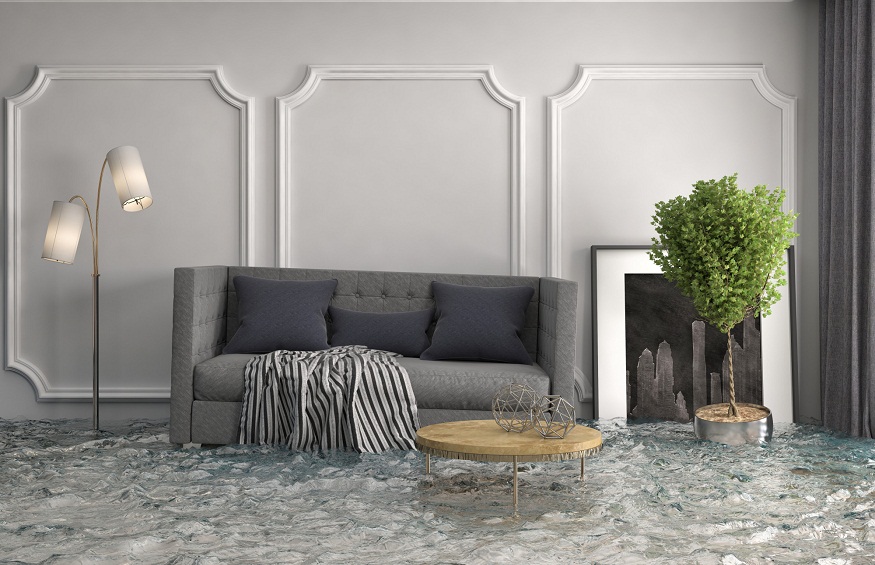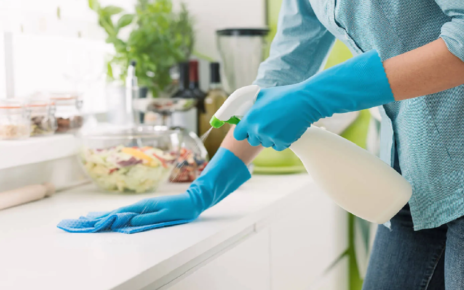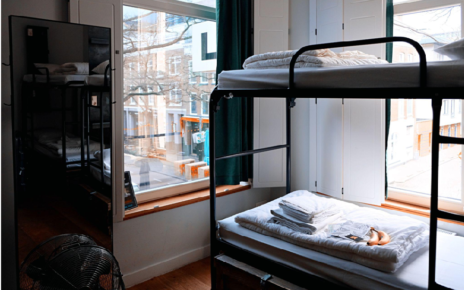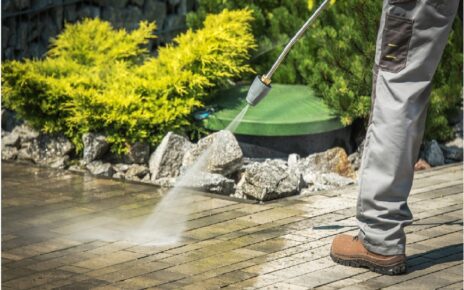When a flood happens in your home or place of business, major damage can occur. Water damage not only ruins the flooring, but it can ruin the walls, furniture items, and cause mold or mildew to spread. As soon as you notice the first sign of a flood in your home or business, you need to act fast and start the restoration process.
What does flood damage clean up entail, however? The cleanup process has a few different steps. It’s essential to know what these steps are to ensure you don’t skip past one of them.
Although your property has been flooded, it’s not a total loss just yet. You can save your property and restore the damage when you know how to clean up after flood damage.
Continue reading below for a guide on water damage and flood clean up!
File a Flood Insurance Claim
If you had flood insurance at the time of the flood, then you should contact your insurance company and file a claim. Insurance policies vary, so it’s important to understand what’s covered under your policy and what’s not. Before you begin to feel stressed trying to figure out how you’re going to cover the cost of the cleanup, contact your insurance and give them the details.
You should be able to file a claim with them. In a situation where an insurance company is reluctant to cover flood damage, then don’t hesitate to contact an attorney who handles flood claims. An attorney has the experience and knowledge needed to get you the help you need and deserve.
When you thought your insurance company wouldn’t cover the damage and clean up, an attorney might be able to show you otherwise.
Initial Inspection
Whether you’re working with your insurance company or working with a professional service you contacted yourself, it’s time for an initial inspection.
Once the cleanup process begins, it’ll start with an initial inspection. A professional will come into your home or place of business and inspect how much flood damage there is. Professionals will use certain tools to detect how much water entered the property.
The information they gather will also tell them if a dehumidifier is required or not. After the initial inspection, the professionals can then give you an estimate of how much the cleanup process will cost.
Water Removal
The next step is removing the water. Water removal begins by placing vacuums inside the property and having the water vacuumed out. The actual process isn’t complicated.
It’s actually quite simple when you have a professional service removing the water for you. The amount of time it takes to remove all the water will depend on how much water is inside the property. Once all the water is removed, there’s still more work to do.
Drying and Containment
The next step is drying the property and containment. A professional service will use a few different methods to start circulating the air through the house. This will help speed up the drying process.
They’ll also need to remove some furniture items from the area in order to dry the surface under them. The containment process takes place during the drying process. Wet areas on the property will be tapped off to direct the heat in the areas that need it to dry.
The containment process helps professionals control the environment and conduct an effective drying process. If the professionals believe dehumidifiers will benefit the drying process, then they’ll also use dehumidifiers to help keep moisture in the air at the right level. During the drying process, professionals will do check-ins to monitor the levels of moisture in the air.
Tossing of Ruined Items
Unfortunately, some items in the home might need to be tossed. Large furniture items might be able to be saved, however. You should speak to the professionals about what items can be restored and which ones cannot.
Removing the ruined items is important because if you allow these items to stay in the home or business, they can promote the growth and spread of mold and mildew. It’s also important to ensure everything inside your property is dried completely.
Cleaning and Sanitizing
Even after a professional company cleans and dries your property, it’s a good idea to be proactive and prevent mold or mildew from growing. There are plenty of products you can choose from that’ll eliminate the growth of mold and bacteria that are registered by the Environmental Protection Agency (EPA).
Foam cleaning and pressure washing to sanitize the property are two options. Pressure washing will help remove residue left over by the water after it’s removed. Foam cleaning allows the sanitation product to adhere to the surface for a long enough period of time to remove and kill bacteria and mold.
Even if the property looks like it’s cleaned and dried, you still need to have it sanitized. Ask the water damage clean up service if this is something they do as well.
Are You in Need of Flood Damage Clean Up?
Is your property in need of flood damage clean up? Once the water has entered your property, you need to act fast. Use the helpful information given in this guide above to navigate through the cleanup and restoration process. If you follow these tips, you should be able to save your property and bring it back to its original state.
For more posts with topics on home improvement, furniture, interior, repair and services, and more, be sure to visit on a regular basis!




